Inside The New York Botanical Garden
Posted in Around the Garden on January 2 2012, by Matt Newman
With 2011 rounded out, we look back on a month of whirlwind activity and holiday charm the likes of which you seldom see elsewhere in the city. It’s downright busy here. And with the string lights bright and families strolling all about the grounds, we ring in the new year with one last look back.
Not just for kids, we invited guests throughout December to join us for a viewing of the Holiday Train Show with a pair of slightly more grown-up themes. Shopping and Champagne and Bar Car Nights were a hit with our adult crowds, offering a chance to leave the rest of the family at home and enjoy the night with a glass of champagne or a cocktail.
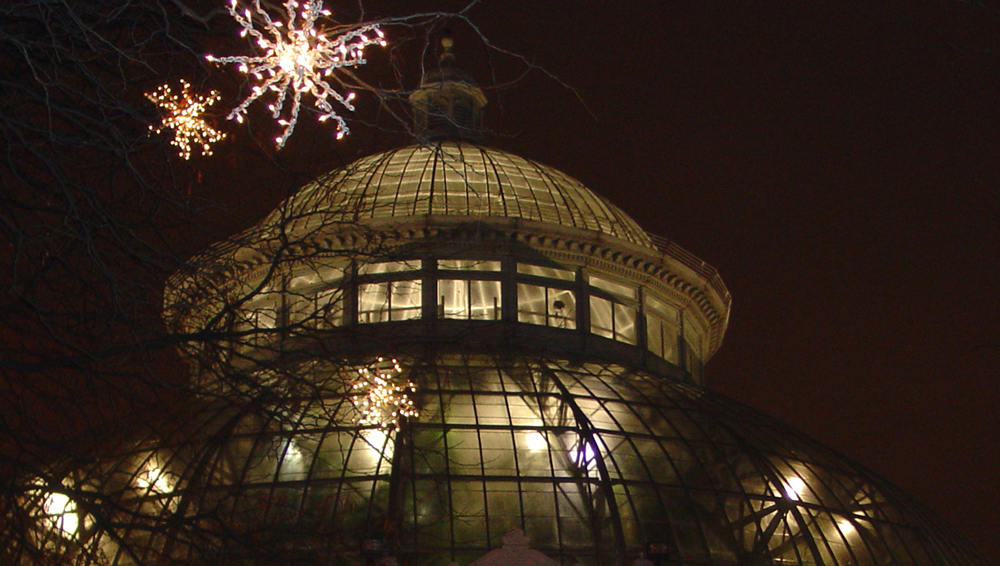
Shopping and Champagne: The Garden After Hours
Read More
Posted in Holiday Train Show on December 2 2011, by Matt Newman
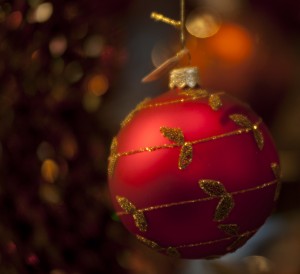 The week is almost over, meaning the Garden is humming with anticipation for another beautiful Holiday Train Show weekend! What’s more is that the weather is finally acting like it should this time of year. After seeing frost clinging to the grass along Tulip Tree Allée as I walked in this morning, I think this may just be December’s way of making up for that downright awkward November “heat wave.” How can you really make the most of a northern Thanksgiving with temperatures above 60 degrees, anyway?
The week is almost over, meaning the Garden is humming with anticipation for another beautiful Holiday Train Show weekend! What’s more is that the weather is finally acting like it should this time of year. After seeing frost clinging to the grass along Tulip Tree Allée as I walked in this morning, I think this may just be December’s way of making up for that downright awkward November “heat wave.” How can you really make the most of a northern Thanksgiving with temperatures above 60 degrees, anyway?
But that’s old news. We’re moving into this brisk and sunny weekend with smiles for the events to come, and looking forward as the season picks up momentum. Whether you’re hoping to catch sight of a rare bird with Debbie Becker, see the Holiday Train Show for the first or dozenth time, or just enjoy the sights we offer year round, there’s more than enough going on this weekend to warrant some time spent at the NYBG.
Read More
Posted in Around the Garden on June 27 2011, by Patricia Gonzalez
In previous posts, I encouraged my fellow wildlife photographers to visit The New York Botanical Garden, shared one of my red-tailed hawk encounters, and gave tips on how to make the most out of your visit.
Today’s topic is the one thing that I think every New York City wildlife photographer should consider investing in. With this, not only will you have access to the grounds and great attractions the Garden offers year round, but you’ll also be able to enter the Garden before the public does. What is it? It’s an Annual Supporting Membership.
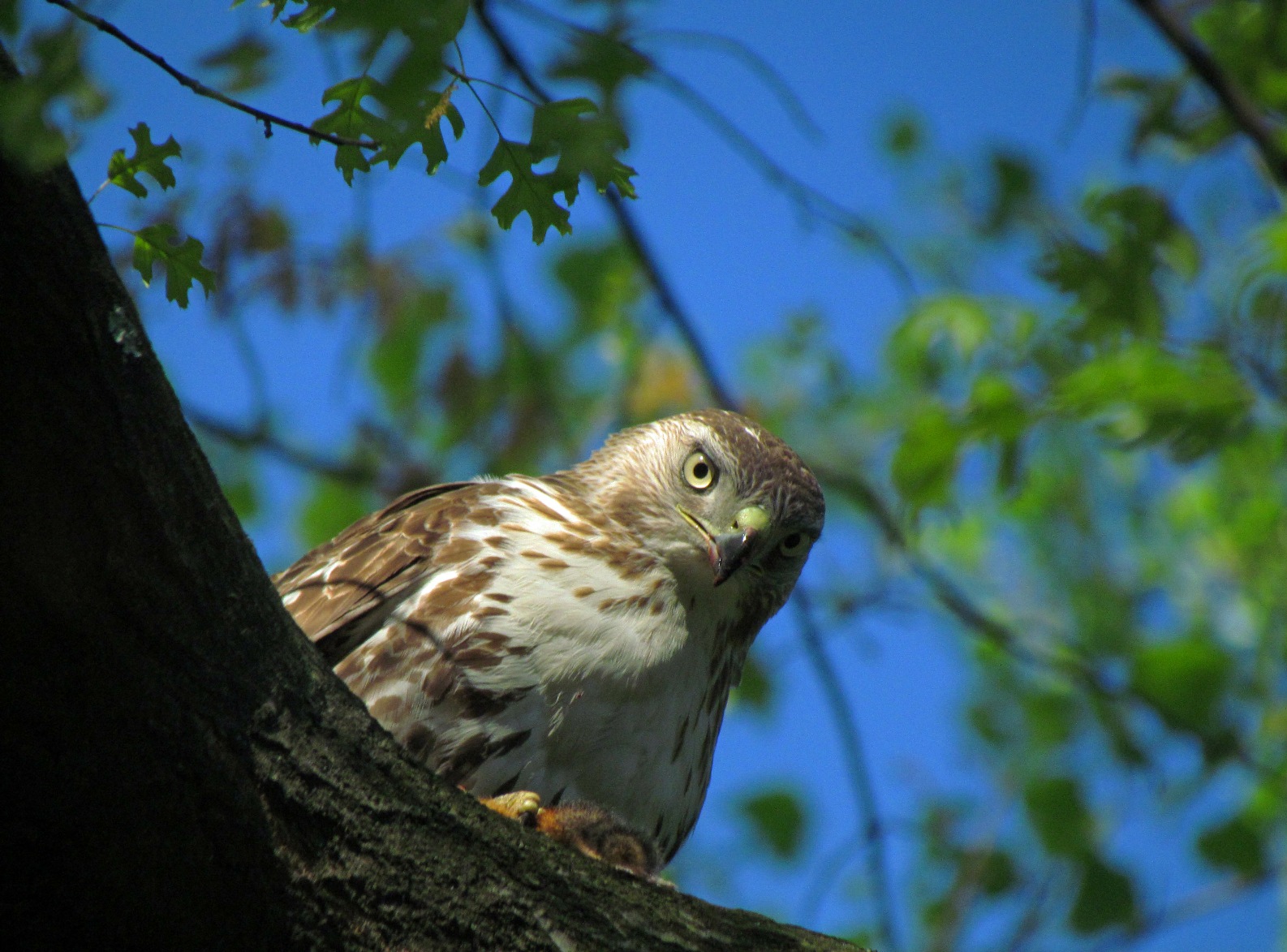
As a Supporting Member, not only will you get a neat membership card for yourself and one other person (which in turn, gets you into the Conservatory, Rock Garden, Everett Children‘s Adventure Garden, and more) both of you will get what I like to call “the golden ticket:” An early-morning grounds pass which grants you access to the Garden’s stunningly beautiful 250-acres before they open to the public at 10:00 a.m. With this pass, you can arrive as early as 6:00 a.m. and shoot till your heart’s content.
Birdwatchers will tell you that some of the best activity takes place in the morning. Think about it … With this one pass you gain the opportunity to shoot red-tailed hawks, owls, muskrats, rabbits, turtles, frogs, and way too many other species of birds to list, 52-weeks a year.
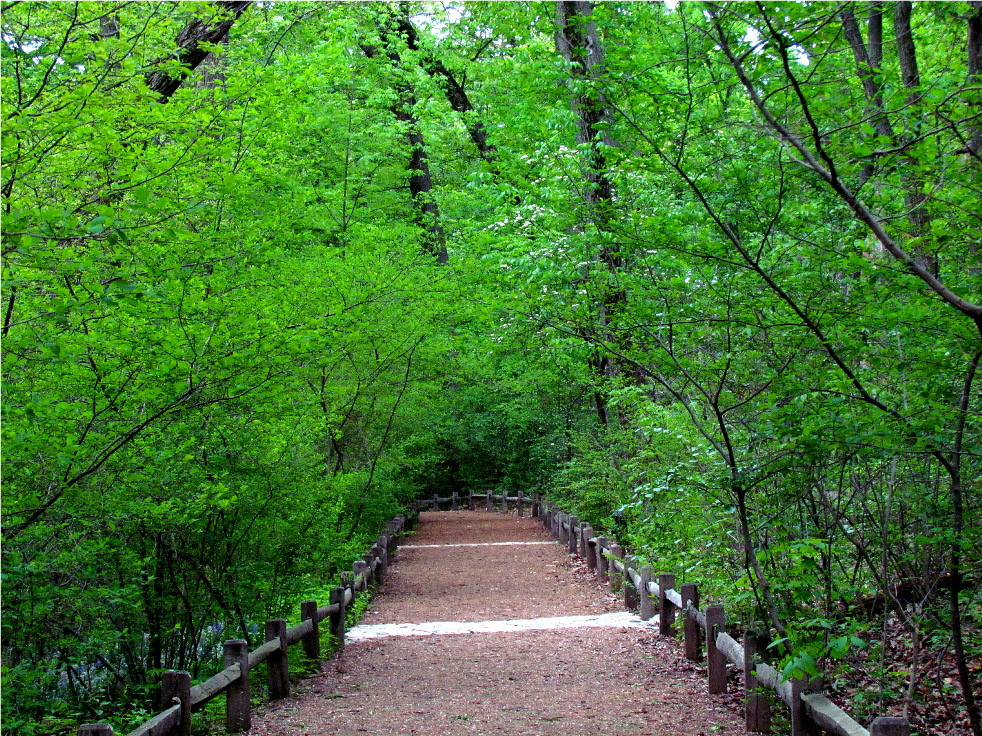
An annual supporting membership is $250. Yes, that might seem a bit steep, especially in today’s economy, but you can cut the cost in half if you join with another person. I convinced my best friend who is also an amateur photographer to join with me, which brings the cost down to $125 each. Although the membership is in my name, we both got individual membership cards and early morning grounds passes.
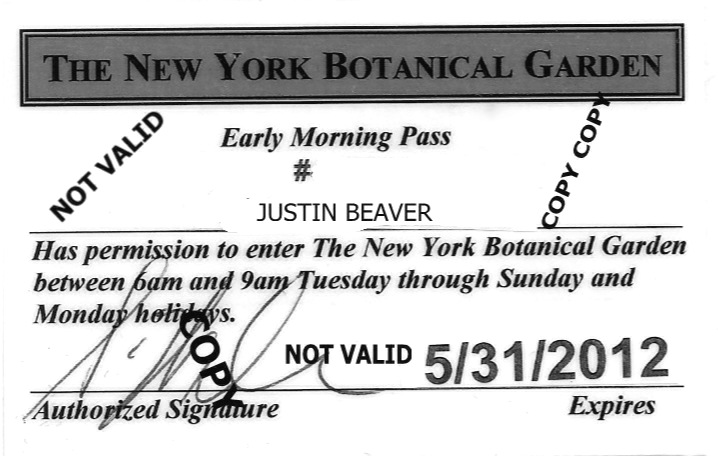
I look at it this way; the money is going to keep a place that I love operating. Just the opportunity to photograph hawks, owls, and other wildlife with only a few folks around 52-weeks a year is enough to get me to re-up every year. My last four close-up encounters happened before 7:30 a.m.!
You just show your pass to the security guard at either entrance and you’re in. During one of my more recent adventures, I came across two young great-horned owls and one of their parents in the native forest around 6:45 a.m. I was able to get some great shots and video.
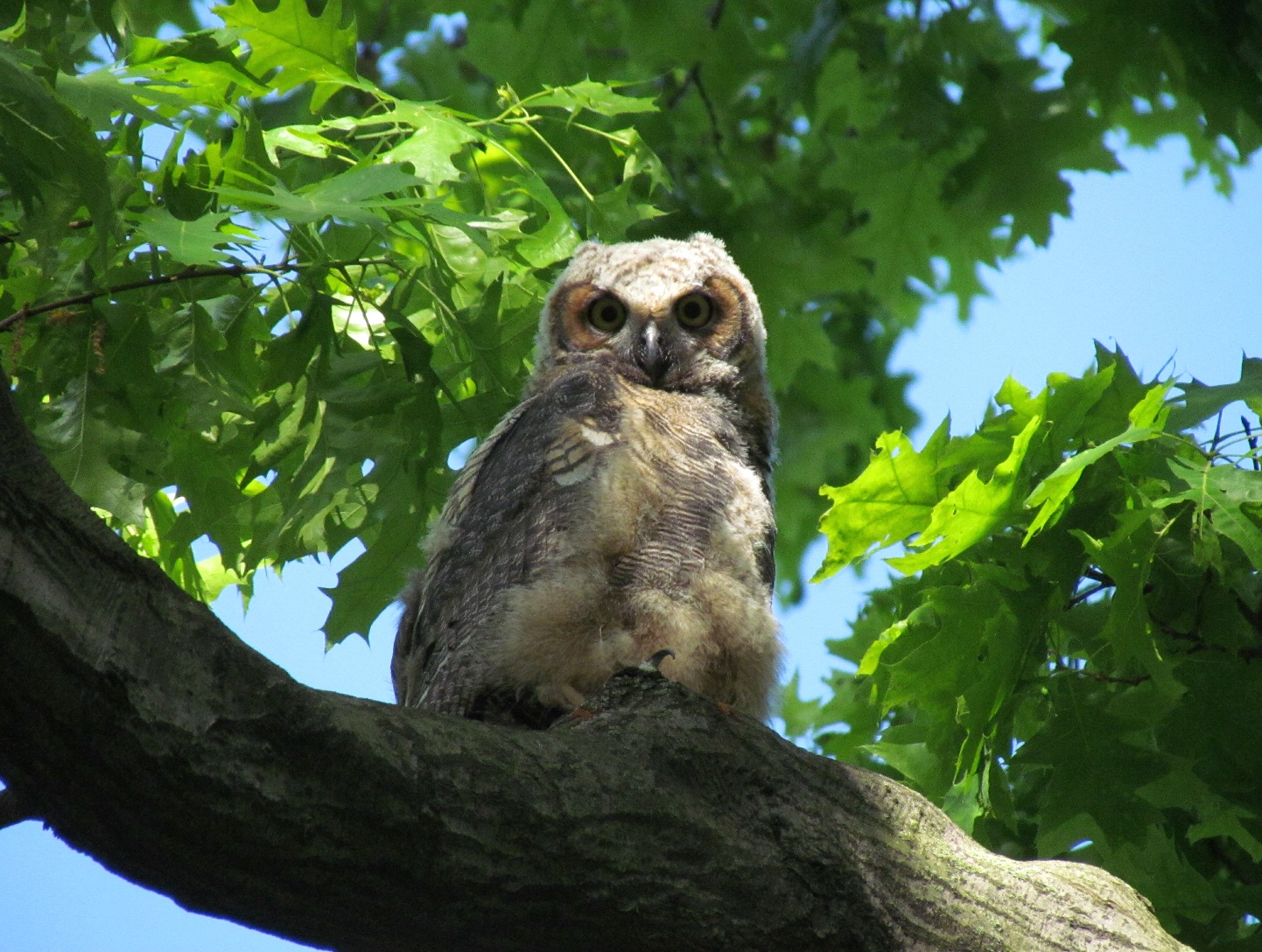
If you just want to go solo and don’t care about the pass, then join as an individual at $75. You can check out all the different levels of membership here.
If you still need convincing, then go to my photo site and see for yourself. Look into the eyes of the owls, hawks and other wildlife and imagine yourself in the Native Forest, camera in hand, the smell of damp earth in the air and the sounds of the natural world around you. It doesn’t get any better than this.
Posted in Members, Photography, Wildlife on April 22 2011, by Patricia Gonzalez
In part one, I encouraged shutterbugs who love shooting wildlife to visit The New York Botanical Garden and shared one of my encounters there. Today, I’ll give you some tips on how to make the most out of your visit.
Dress comfortably and efficiently
A typical outing at the Garden can last me anywhere from three to six hours, so it’s important to dress comfortably. During my adventures, I always wear cargo pants (BDUs) and boots. Cargo pants because they are loose-fitting and have lots of pockets for your gear and boots for the terrain. If you really want to better your chances of encountering wildlife, then no visit to the Garden would be complete without exploring all the Native Forest trails as well as the path that runs along the Bronx River. These paths can get pretty muddy, especially at the entrance to the individual trails, so hiking boots are strongly recommended. In winters like this past one that brought mega-blizzard after mega-blizzard, you’ll need snow boots.
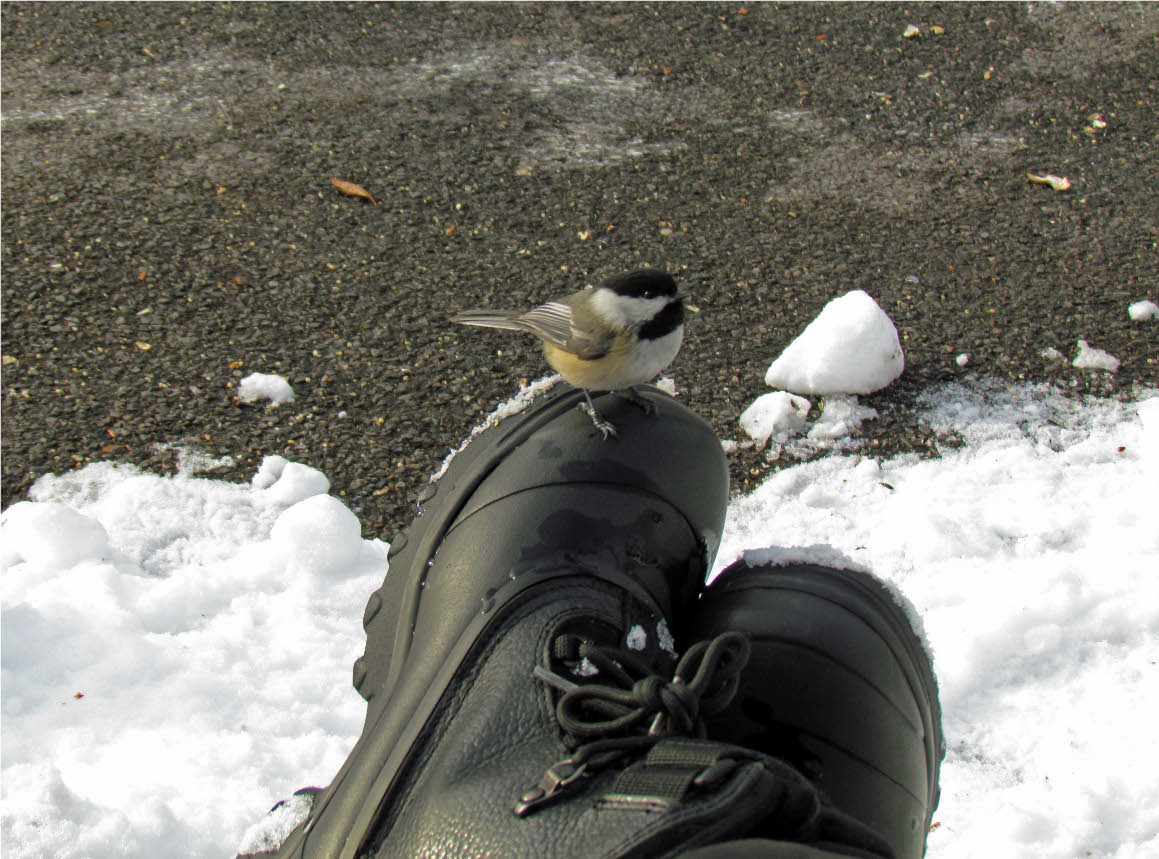
Bring an extra battery
This might seem like a silly suggestion, but I’m always hearing this “I would have taken more shots, but my battery ran out, so I went home.” You’d be surprised how quickly a day can fly by. Always bring an extra camera battery and keep it someplace where you can reach for it quickly when your on-screen indicator starts flashing. I keep a fully-charged spare in the outside pocket of my camera bag.
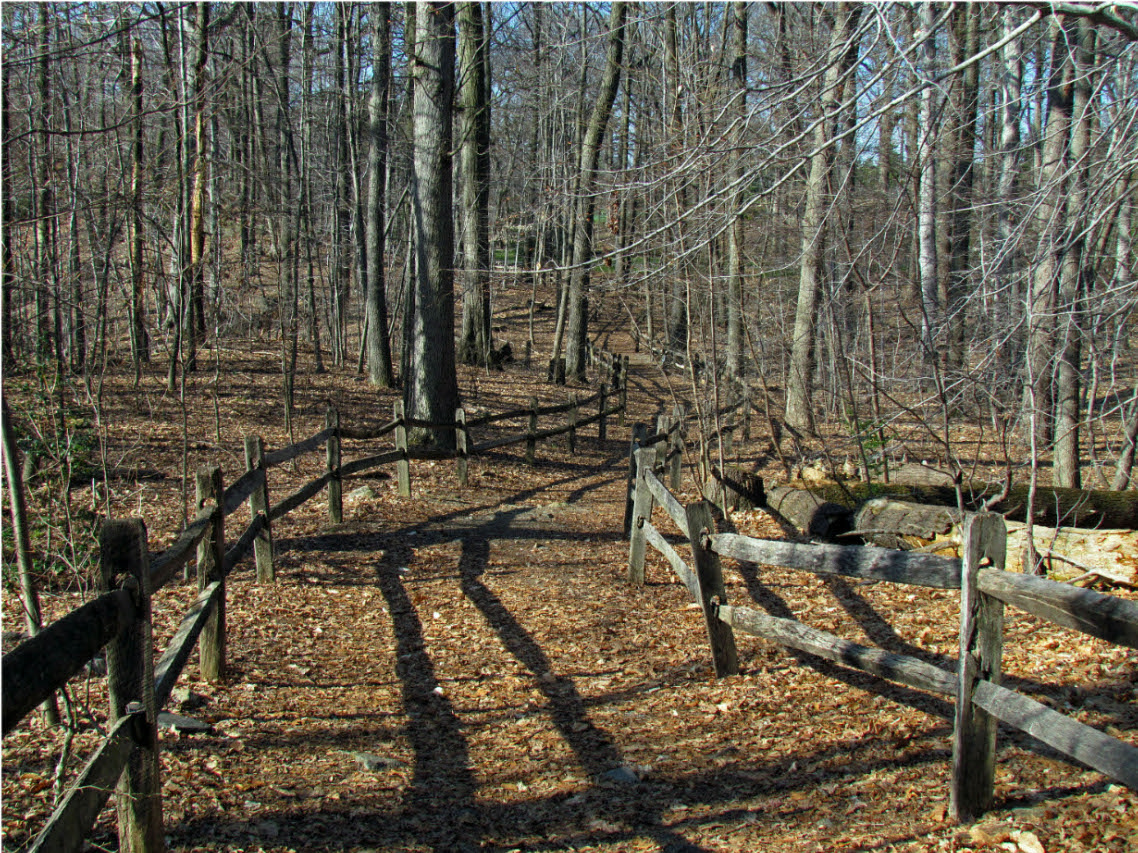
Where to find the hawks
Everybody with a camera wants to get a shot of one of the beautiful red-tailed hawks and other raptors that hunt at the NYBG. Although Rose and Vince have their nest on the nearby Fordham University Campus, the Bronx Zoo and the Botanical Garden are all part of their hunting grounds. Younger red-tails believed to be Rose’s offspring hunt regularly at the Garden along with cooper’s hawks, sharp-shinned hawks, and the two resident great-horned owls. So, where in the Garden can these winged hunters be found? The answer is: Everywhere. Hawks pretty much go where they want and there is no specific all-year-round spot. However, I’ve had some very good luck lately in the Native Forest on the trails that border the Azalea Garden, and near the Library Building.
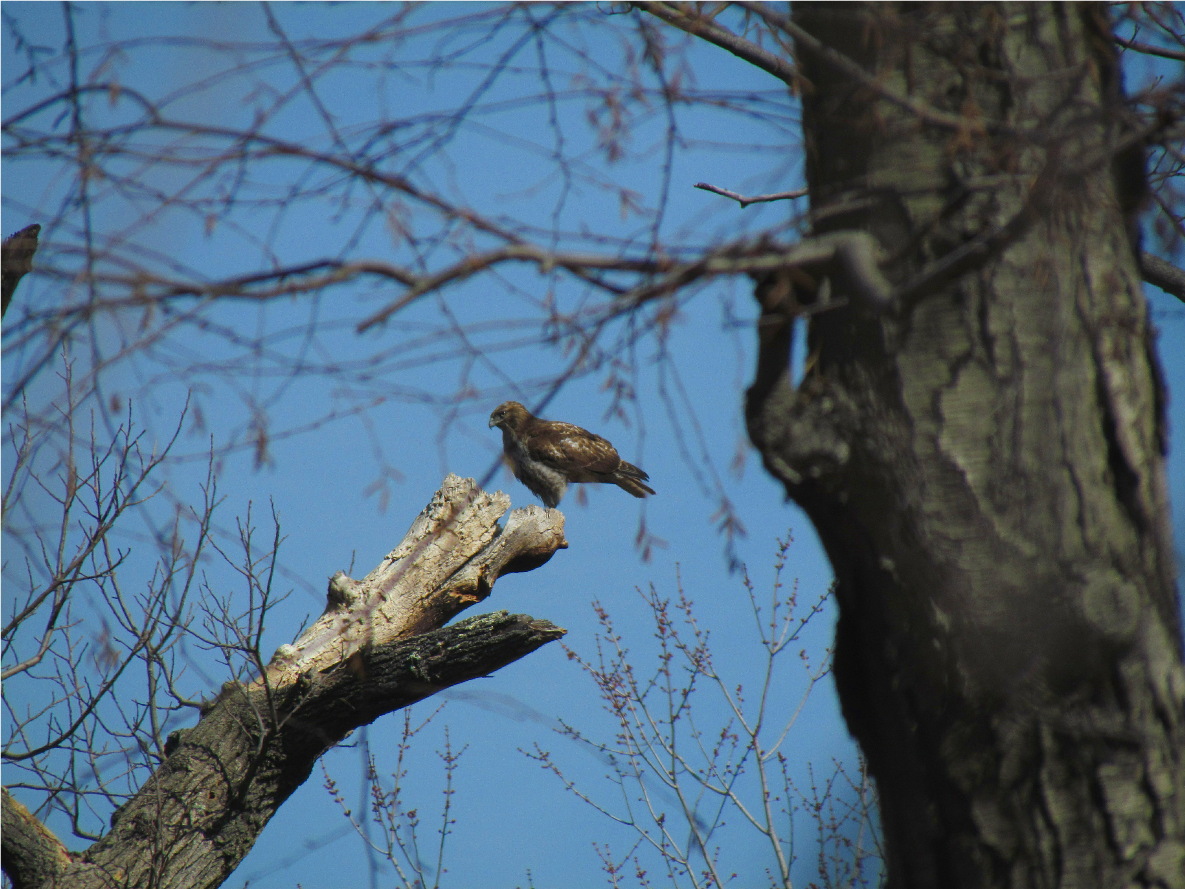
Have patience
Let’s say you’ve been walking around for several hours and you’re beginning to feel like you haven’t seen anything. Instead of leaving, take a break. Why not head on over to the Visitor’s Center Café? I survived my freezing winter treks on their most excellent hot chocolate. Enjoy your drink of choice while enjoying the nice view. After about a half hour there, I’m refreshed, rejuvenated and ready to continue on. Once you head out, re-trace some of the ground you covered earlier. One time, I had walked around non-stop for nearly five hours, hoping to shoot one of the red-tails there. I got nothing, but came back a half hour later and took the photo you see above. It was definitely worth heading out for a second look.
Want to photograph wildlife all year? Then join the Garden. A Garden Membership will get you and your camera unlimited entry to the grounds, the Conservatory, the exhibits in the Library Building, and to all the wonderful events that take place throughout the year.
Posted in Photography, Wildlife on March 10 2011, by Plant Talk
A pair of Great-Horned Owls make the Forest their home. Currently, the female is sitting on her nest inside of an old, dead tree. We can’t see if she has any eggs, but we can see the male, everyday, silently standing sentry over her. Isn’t he spectacular?
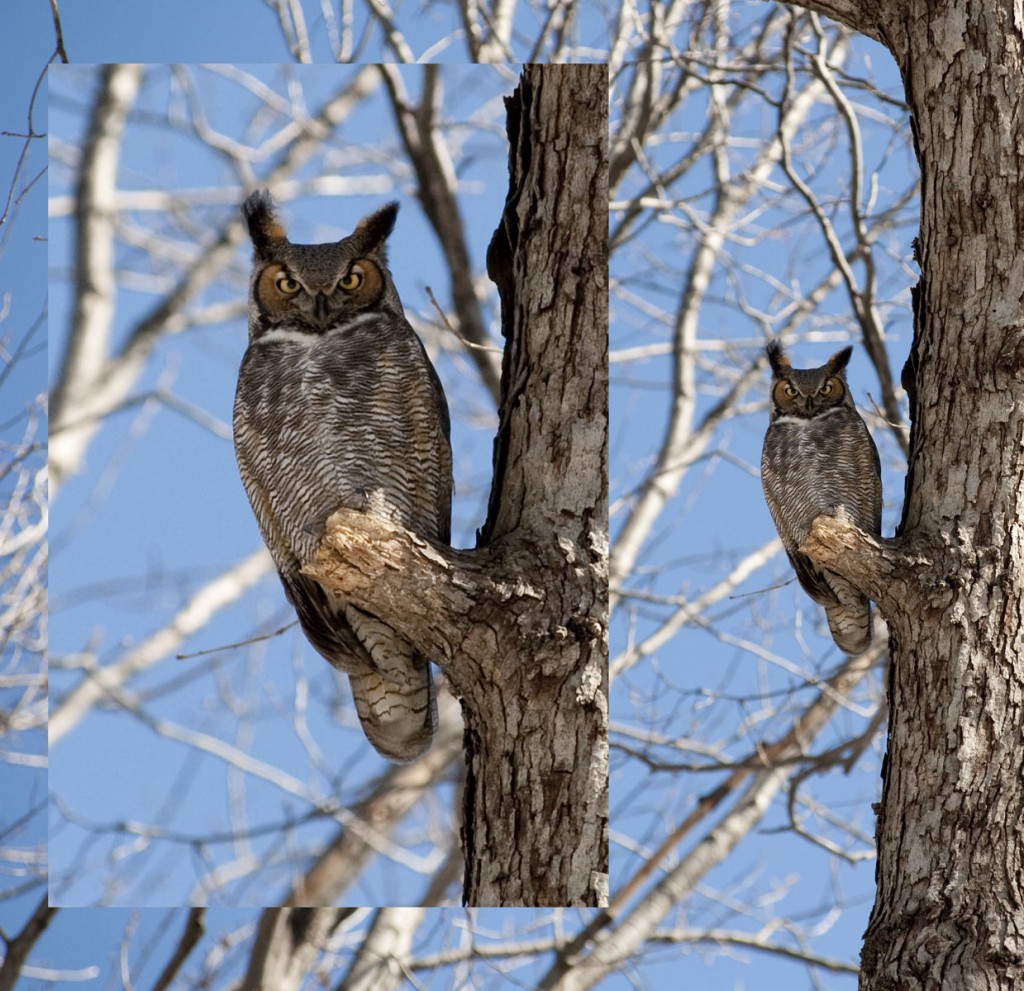
Mr. Owl (photo by Ivo M. Vermeulen)
Posted in Programs and Events, Wildlife on October 3 2008, by Plant Talk
Fall Brings an Array of Migrants
 |
Debbie Becker leads a free bird walk at the Garden every Saturday from 11 a.m. to 12:30 p.m., beginning at the Reflecting Pool in the Leon Levy Visitor Center.
|
 Autumn is that miraculous time of year when the leaves on the trees turn glorious colors. It is also time for the great fall migration. From August through November, thousands of birds leave their northern breeding grounds and return to their southern homes. As they pass through NYBG they stop and eat the luscious crab apples, berries, and nuts emerging from trees, bushes, and shrubs. It is a unique time of year to see tanagers, orioles, grosbeaks, and warblers in different stages of maturity as they move through the area.
Autumn is that miraculous time of year when the leaves on the trees turn glorious colors. It is also time for the great fall migration. From August through November, thousands of birds leave their northern breeding grounds and return to their southern homes. As they pass through NYBG they stop and eat the luscious crab apples, berries, and nuts emerging from trees, bushes, and shrubs. It is a unique time of year to see tanagers, orioles, grosbeaks, and warblers in different stages of maturity as they move through the area.
Also migrating are raptors. Red-tailed hawks, red-shouldered hawks, kestrels, Cooper’s hawks, and sharp-shinned hawks are just some of the accipiters and buteos that glide on the thermals over Daffodil Hill. More than 5,000 broad-winged hawks have been spotted in one afternoon at NYBG. Bald eagles and golden eagles fly lazily over the Bronx River searching for a meal. Osprey circle above as they, too, fish the Bronx River.
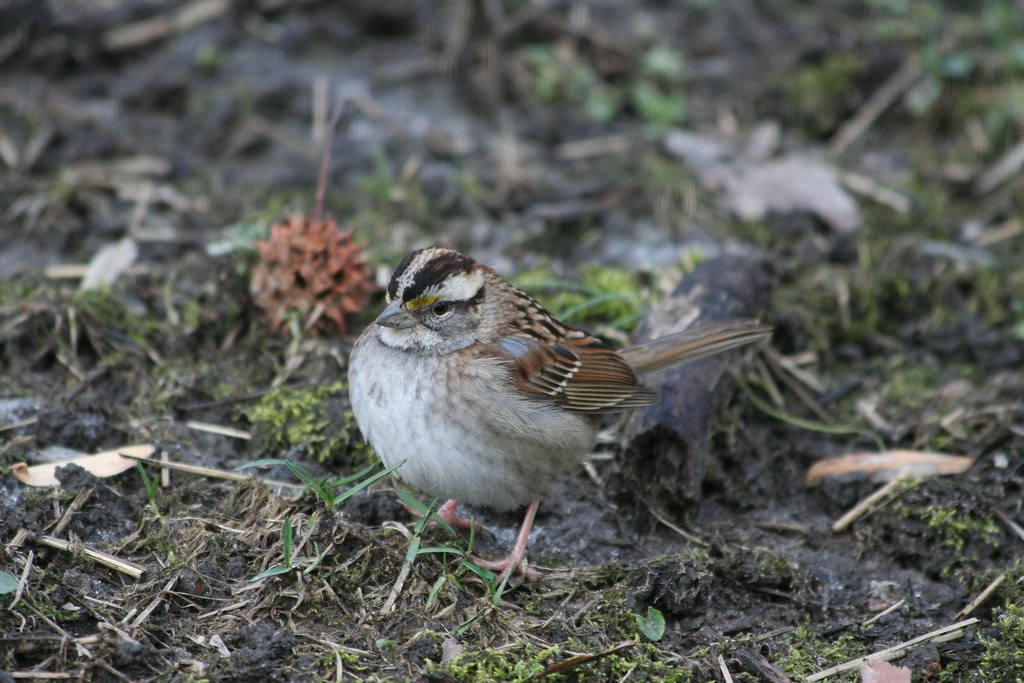 On Twin Lakes, the wood ducks and mallards emerge from their state of eclipse and reclaim the lakes in full-colored feathers again. Joining them are autumn migrants: gadwalls, green-winged and blue-winged teals, northern shovelers, hooded and common mergansers, buffleheads grebes, coots, and many surprise visitors.
On Twin Lakes, the wood ducks and mallards emerge from their state of eclipse and reclaim the lakes in full-colored feathers again. Joining them are autumn migrants: gadwalls, green-winged and blue-winged teals, northern shovelers, hooded and common mergansers, buffleheads grebes, coots, and many surprise visitors.
During October, the Garden plays host to a wide variety of sparrows: tree, field, savannah, song, swamp, fox, chipping, white-crowned, white-throated, and more. November brings the grackles and the blackbirds migrating in the thousands. Large flocks will sweep over NYBG and literally turn the trees black when they perch, all the while cackling loudly.
As autumn comes to an end during the middle of December, our great-horned owls begin to stir. Their breeding season will be just beginning as they emerge from the forest ready to entertain us with mating calls and rituals.
Autumn at NYBG is an exciting season. Come join us on a fall bird walk. You never know what or “hooo” you will see.
Posted in People on May 14 2008, by Plant Talk
Every few weeks an employee or friend of the Garden takes a quick stroll around the lush 250-acre grounds and writes down his or her thoughts. This week, Debbie Becker, who leads bird walks at The New York Botanical Garden, took time to discuss her passion: bird watching. Debbie leads a free bird walk every Saturday at the Garden from 11 a.m. to 12:30 p.m. 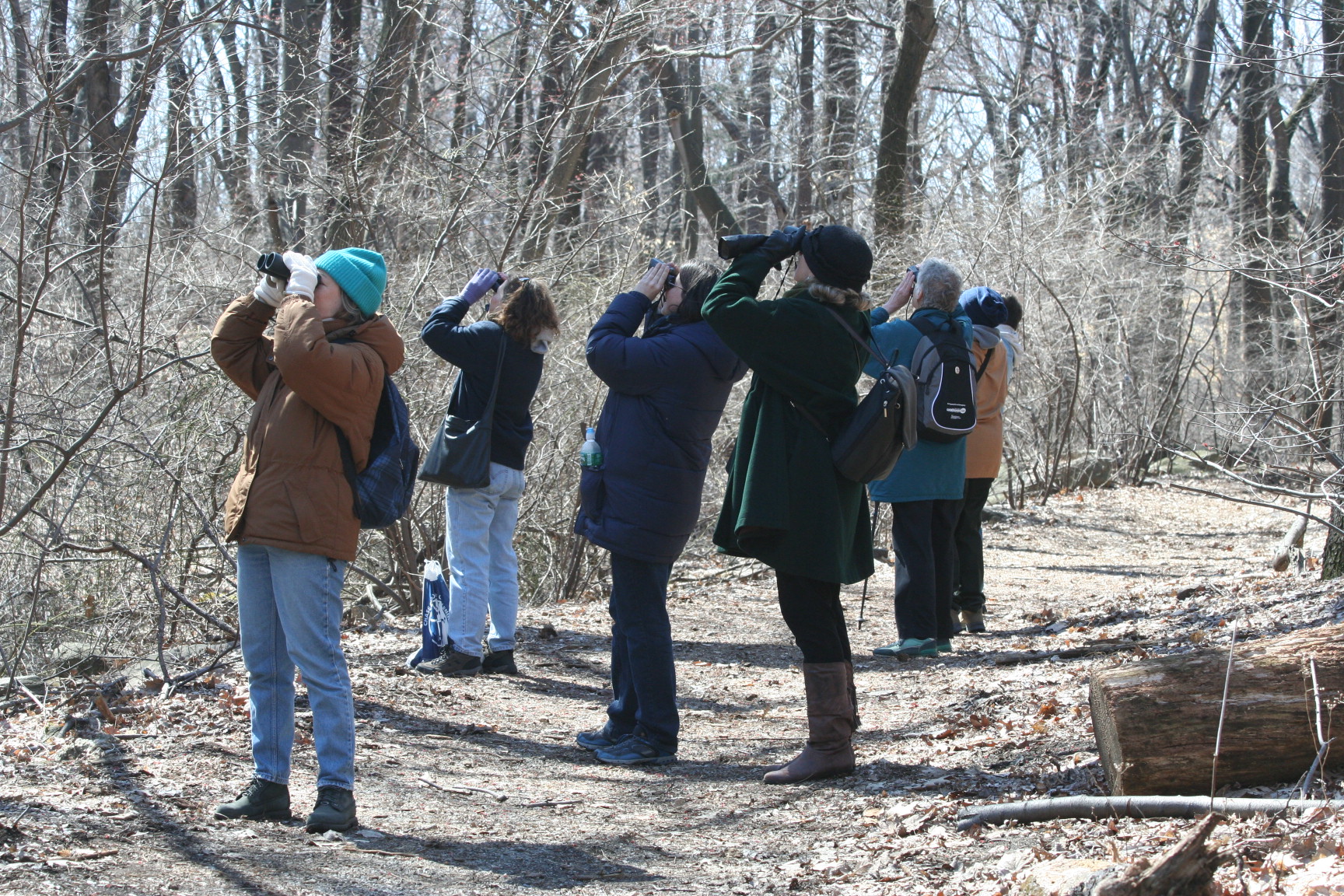
Birding is a contagious passion for many. Once bitten by the birding bug, it is hard to find a cure.
Different seasons bring different birds, but birders always remain the same. I can tell when I start my walk who is there for the glory, who is there for the guts, and who is looking for their life bird. Birders who bird for their life list are an anxious bunch—you can see it in their eyes, their unfamiliarity with the Garden’s grounds, all they really want is their life bird. They know I know and yet the simple formality of introduction is often prolonged as I can see their eyes growing larger as I mention the birds we may see on the walk today. When I get to their bird of prey (so to speak), it is as if a light ignites in their brains and washes their entire being in glory. I know the feeling.
Great-horned owls are a treat for even those who have been coerced into birding that day. GHOs are large—no binoculars needed—and provoke the spookiness in us all. The owls are always the first request on any bird walk. This year we had nesting GHOs that produced two chicks. You would think there was a religious happening in the woods as people came from far and near to pay their respect, gasp, and smile at the sight of the female GHO on her nest. (The male, who is usually quite social, has not made much of an appearance this time around—camera shy, I suppose.) The pilgrimage to the owls is a short walk, but for those who are anxious, they will run ahead of me, looking back to make sure I am coming. Again, they know I know. We are, after all, birders. It runs through our blood the quest for the life bird, the good bird, and the really good bird. We are the Peeping Toms of the forest, meadow, and shore, always hoping for a really good look.














